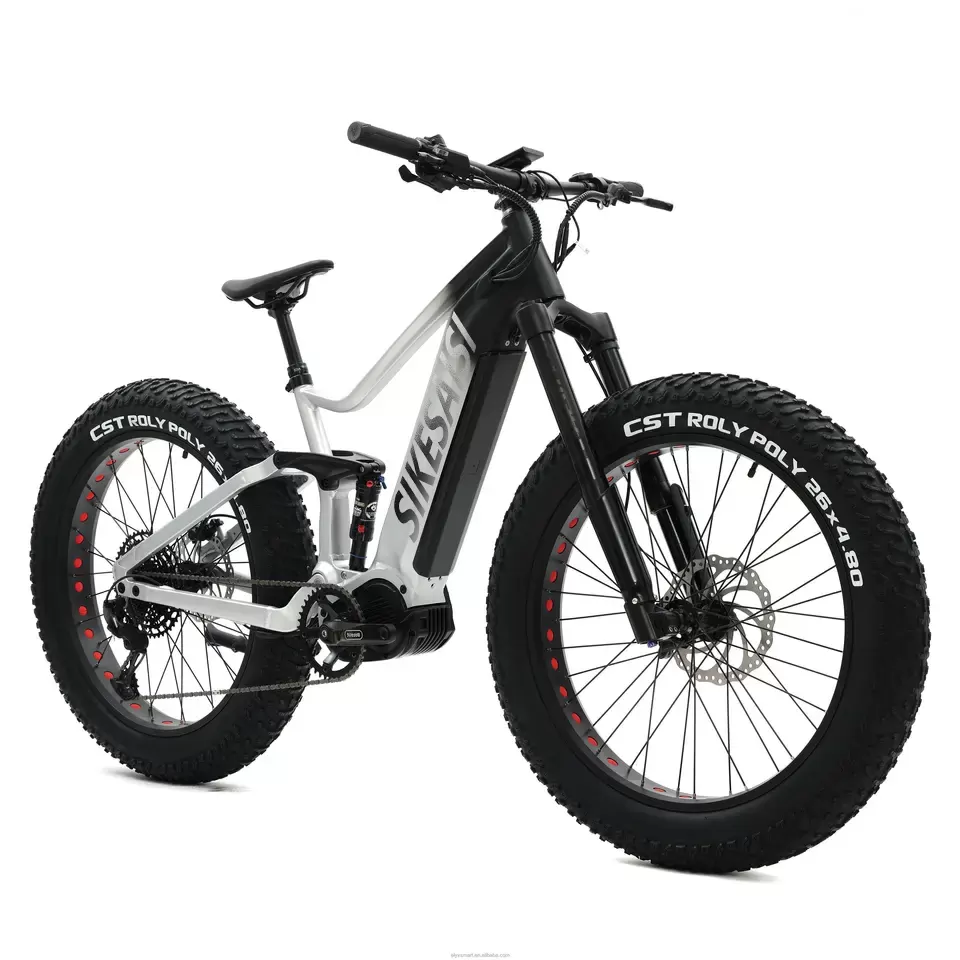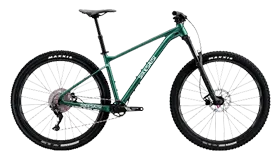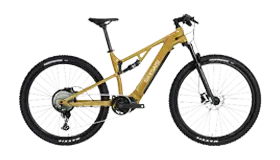Why Do Bikes Have Fat Tyres?
Bicycles have been around for centuries, but the tires have changed significantly over time. In the early days, bicycles had thin tires that were made of solid rubber. These tires were difficult to ride on rough terrain and could be dangerous in wet conditions.
In the 1880s, pneumatic tires were invented. These tires were made of rubber and air, and they provided a much smoother and safer ride. Pneumatic tires quickly became the standard for bicycles, and they remain the most common type of tire used today.
In recent years, there has been a growing interest in fat bikes. Fat bikes have tires that are much wider than traditional bicycles. These tires provide a number of advantages, including increased traction, stability, and comfort.
In this article, we will explore the reasons why bikes have fat tires. We will discuss the advantages of fat tires, the different types of fat tires available, and the best way to choose fat tires for your needs.

Advantages of fat tires
There are a number of advantages to using fat tires on a bicycle. These advantages include:
Increased traction: Fat tires provide more surface area than traditional tires, which helps to improve traction on slippery surfaces. This makes fat bikes a good choice for riding in snow, sand, mud, or other challenging conditions.
Increased stability: Fat tires help to keep the bike stable, even when riding over rough terrain. This makes them a good choice for off-road riding.
Increased comfort: Fat tires absorb more shock than traditional tires, which can help to reduce fatigue on long rides.
Different types of fat tires
There are two main types of fat tires:
Pneumatic fat tires: These tires are made of rubber and air, just like traditional bicycle tires. They are the most common type of fat tire, and they provide a good balance of traction, stability, and comfort.
Solid fat tires: These tires are made of solid rubber, like the tires of early bicycles. They are more durable than pneumatic fat tires, but they can be less comfortable to ride on rough terrain.
Choosing fat tires
When choosing fat tires, there are a few factors to consider:
The type of riding you will be doing: If you will be riding in snow, sand, or mud, you will need tires that are designed for those conditions.
Your budget: Fat tires can be more expensive than traditional tires.
Your personal preferences: Some riders prefer the feel of pneumatic fat tires, while others prefer the durability of solid fat tires.
Fat tires offer a number of advantages over traditional bicycle tires. They provide increased traction, stability, and comfort, making them a good choice for riding in challenging conditions. When choosing fat tires, it is important to consider the type of riding you will be doing and your personal preferences.
In addition to the information provided in this article, there are a few other things to keep in mind when choosing fat tires. First, make sure that the tires are compatible with your bike. Second, consider the warranty that is offered with the tires. Finally, read reviews from other users to get their opinions on the tires.
By following these tips, you can choose fat tires that will meet your needs and provide you with a safe and enjoyable riding experience.










